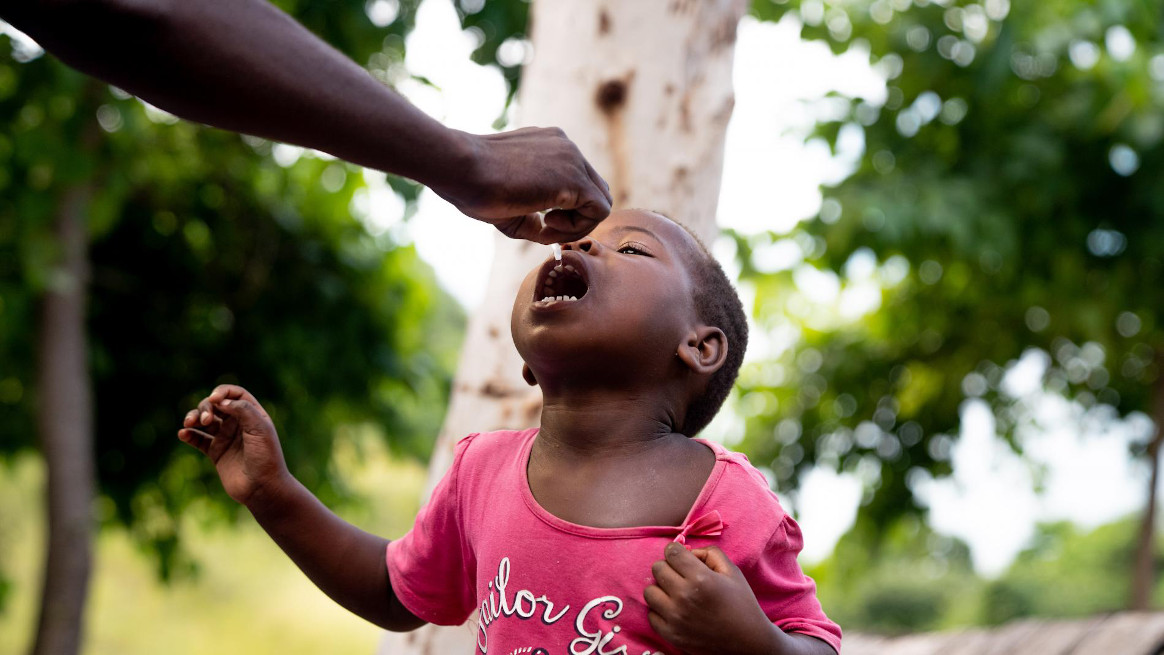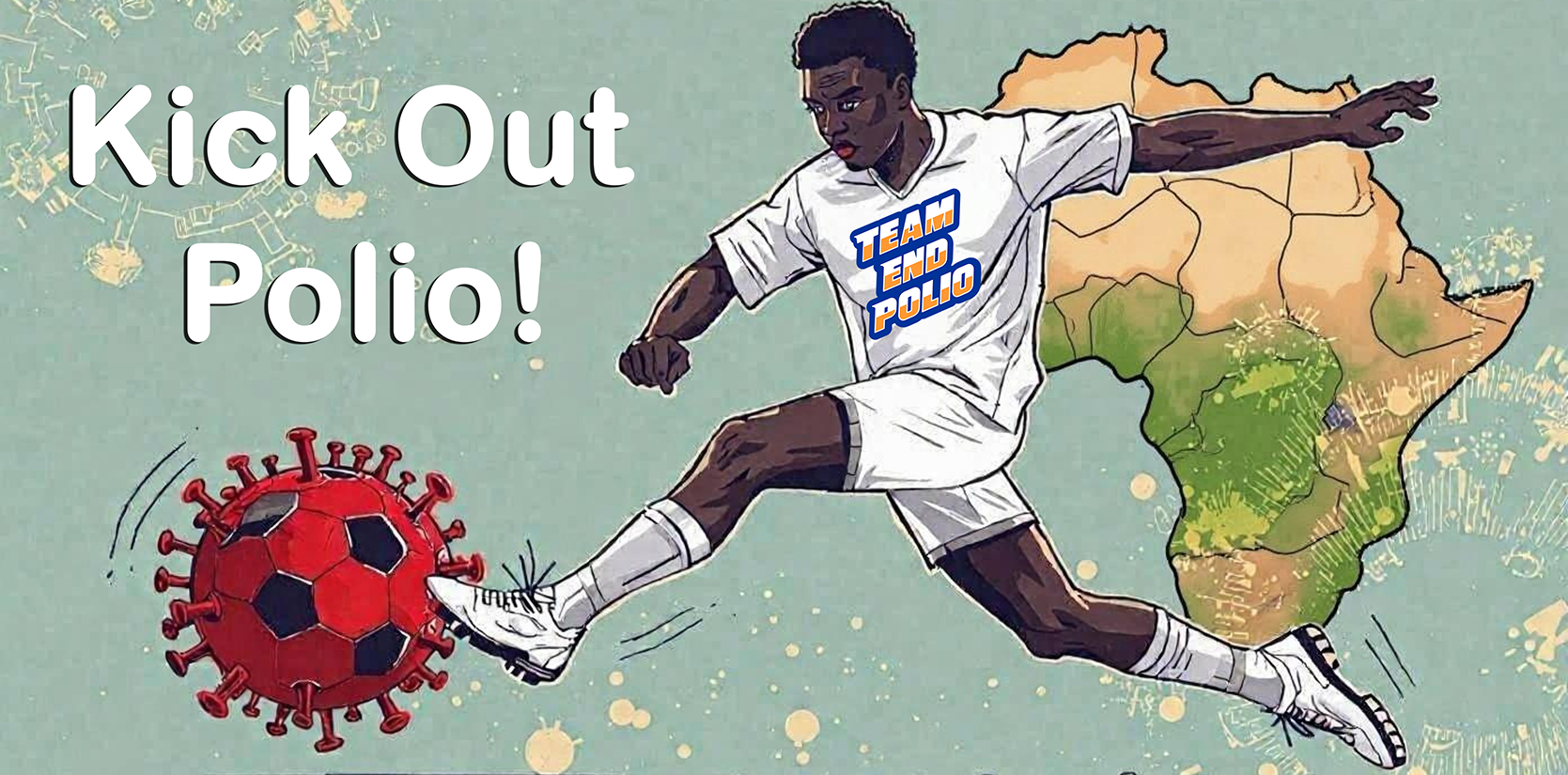
A total of nine wild poliovirus cases have been reported so far, with one in Malawi and eight in neighbouring Mozambique since the declaration of an outbreak on 17 February 2022 in Malawi. The last confirmed case to date was in August 2022 in Mozambique. The wild poliovirus in Malawi and Mozambique originated from Pakistan, one of the two last endemic countries.
Concerted emergency response launched following the outbreak in 2022 has helped increase protection among children through vaccines in Malawi, Mozambique, Zambia, Tanzania and Zimbabwe. The countries have also ramped up disease surveillance and community mobilization to help find cases and halt the virus.
“Southern Africa countries have made huge efforts to bolster polio detection, curb the spread of the virus and ensure that children live without the risk of infection and lifelong paralysis,” said Dr Matshidiso Moeti, World Health Organization (WHO) Regional Director for Africa. “We continue to support the polio control efforts across the region so that every child receives the protection they need.”
To date, 19 vaccination rounds have been concluded in the most at-risk areas and at least five more are planned for 2023 in the five countries.
Additionally, more than 10 new environmental surveillance sites have been set up over the past year in the affected countries with support from WHO. The fully operational sites are playing a critical role in the efforts to detect silent circulating poliovirus in wastewater.
“Response teams have worked intensely in the fight against polio not only in Malawi but in the rest of the neighbouring countries in a coordinated manner. We will not rest until we reach and vaccinate every child to stop polio transmission,” said Dr Emeka Agbo, acting Country Coordinator for the Global Polio Eradication Initiative in Malawi.
Reaching all households where eligible children live is critical to protect them against the risk of paralysis. The national health authorities, with support from the Global Polio Eradication Initiative, efforts are ongoing to map cross-border communities, migratory routes, border crossings and transit routes.
“Community health workers have been pivotal in the vaccination campaigns and will continue going door-to-door, bringing polio vaccines to children who might otherwise be missed,” said Dr Jamal Ahmed, WHO Polio Eradication Programme Manager.
Polio is highly infectious and affects unimmunized or under immunized children. In Malawi and Mozambique, it has paralysed children younger than 15 years. There is no cure for polio, and it can only be prevented by immunization. Children across the world remain at risk of wild polio type 1 as long as the virus is not eradicated in the last remaining areas in which it is still circulating.
Despite the circulation of wild poliovirus type 1 and the variant polioviruses, incredible progress has been made. Since 1988, when the Global Polio Eradication Initiative was set up, polio cases have plummeted by 99% from an estimated annual total of 350 000.
Importation of any case must be treated as a serious concern and high-quality response efforts to reach every child with polio vaccine are critical to prevent further spread.
On 25 January 2023, the WHO Emergency Committee under the International Health Regulations concluded that the risk of international spread of poliovirus remains a public health emergency of international concern.
Originally published here.

